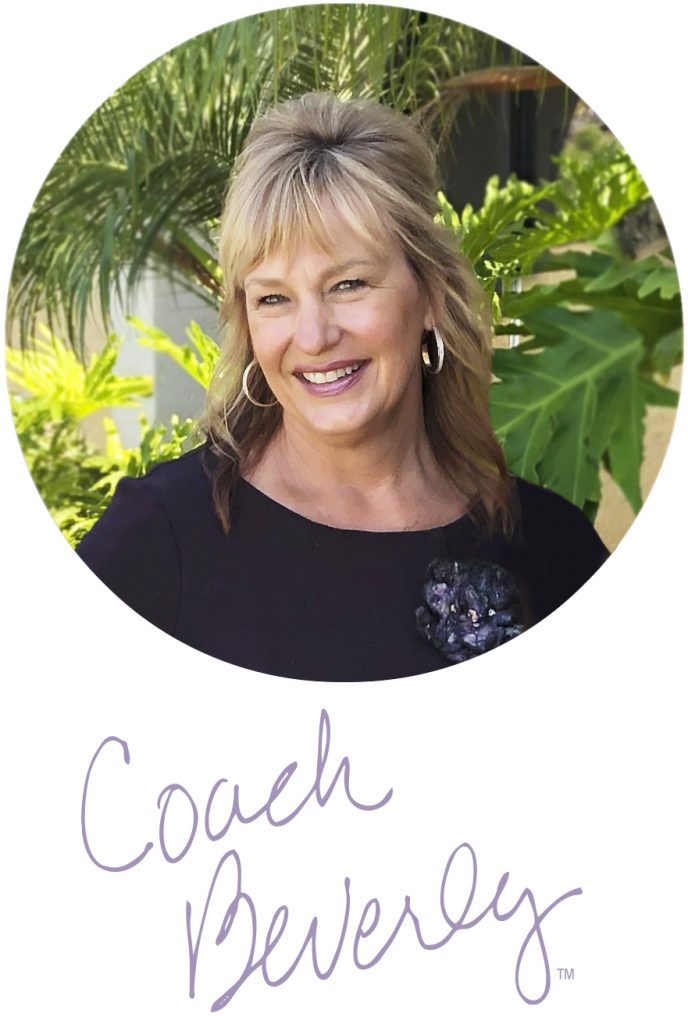Roughly 22% of adults report having gained weight during the COVID-19 pandemic. (1)
COVID-19 has created a perfect storm for gaining unwanted weight. Insomnia, loneliness, depression, anxiety, decreased physical activity, and disruptions in our daily routines have increased chronic stress in our lives which can increase levels of the stress hormone cortisol. Cortisol is associated with increased food cravings and weight gain. (2)
Could consuming more umami increase enjoyment without increasing calorie intake?

Lately, I have been intrigued by the idea that the addition of umami could possibly help us achieve weight loss and increase our enjoyment of foods at the same time. Research shows foods with umami flavors tend to reduce people’s appetite without cutting their satisfaction with the meal. (5)
Umami is that rich, deep, indescribable flavor of lusciousness
Umami is that rich, deep, indescribable flavor of lusciousness found in foods like Parmesan cheese, cured pork products, grilled or roasted meats, sausage, and soups and stews that have been slow-cooked for a long period of time. It occurs when glutamate breaks down into L-glutamate via fermentation, braising, or ripening. Glutamate alone, however, cannot produce the full flavor of umami. Instead, it arises from the combination of glutamate and ribonucleotides, molecules that serve as the building blocks for DNA and RNA. Interesting to me is that glutamate is also abundant in human breast milk; in fact, human milk contains as much glutamate as most savory broths.
When we taste something and our mouth waters, that is umami.
In 2000 scientists at the University of Miami identified the first umami receptor on the taste buds lining the surface of our tongues. Mushrooms, especially dried shiitake mushrooms, are rich in umami. Umami-rich ingredients can be found in cooking ingredients/condiments. Naturally brewed soy sauce, Marmite, anchovy relish, miso, tomato puree, fish sauce, and Worcestershire sauce are all great sources of umami. Recently, many seasoning products have been developed with umami as the goal – such as Takii Umami Powder-Magic Shiitake Mushroom Seasoning, Trader Joe’s Mushroom & Company Multipurpose UMAMI Seasoning Blend, and Taste No 5 Umami Paste.
Umami discovered over 100 years ago by a chemist enjoying broth

Umami was named more than a century ago by Kikunae Ikeda a chemist at Tokyo University. As Dr. Ikeda savored a simple bowl of broth, he pondered the nature of deliciousness. How was it a lightly simmered mixture of water, dried fish flakes, and a little bit of dried seaweed that could be so mouthwatering?
Dashi, the broth that set Ikeda on his quest in 1907, maintains an essential place in Japanese cuisine to this day. Over the course of a year, Dr. Ikeda boiled kombu, the dried seaweed, down into a tarry resin and stripped out salts and other organic compounds one by one. In the end, Dr. Ikeda harvested a single ounce of crystals strongly resembling the flavor of his bowl of dashi-a flavor that he called umami (roughly translated from the Japanese word for “delicious”).
The crystals producing the umami flavor turned out to be the amino acid glutamate. Hoping to provide cooks easy access to umami, he learned how to produce it in industrial quantities and patented the notorious flavor enhancer monosodium glutamate (MSG).
MSG – amino acid glutamate – creates umami taste.
MSG was popular in the American food supply for decades. However, since 1968 the chemical has received bad publicity despite dozens of studies concluding that MSG is safe and the purported negative health claims found to have little supporting evidence. (6) Currently, MSG is popular in processed foods such as canned soups, frozen dinners, cold cuts, dressings, and Doritos. MSG can help reduce sodium in dishes without compromising flavor because of umami. MSG contains 1/3 the amount of sodium as table salt.
Since the pandemic, I have been cooking more and experimenting with creating physically nourishing and emotionally satisfying meals. Consciously including umami has been an exciting part of this experiment.
Smoky Roasted Mushrooms Recipe

Directions: Toss 2 pounds whole mixed mushrooms, 1 ½ tablespoons olive oil, and salt and pepper to taste in a bowl. Spread on a baking dish and roast at 425 degrees F, stirring a few times, until tender and browned for 30 to 35 minutes. Cook 3 thinly sliced garlic cloves and ½ tsp smoked paprika in butter until soft, toss with the mushrooms. Sprinkle with chopped parsley and salt. Enjoy.
This article is written by our resident nutrition expert, Dawn DeSoto, RD, CDCES
Citations
-Zachary Z, Brianna F, Brianna L, et al. Self-quarantine and weight gain related risk factors during the COVID-19 pandemic. Obes Res Clin Prat. 2020;14(3):210-216.
-Chao AM, Jastreboff AM, White MA, Grilo CM, Shinha R. Stress, cortisol, and other appetite-related hormones: Prospective prediction of 6-month changes in food cravings and weight. Obesity (Silver Spring). 2017 Apr:2594):713-720
-CDC November 19, 2004/53(45);1066-1068. Prevalence of Overweight and Obesity Among Adults with Diagnosed Diabetes-United States, 1988-1994 and 1999-2002
-Menke A, Casagrande S, Geiss L, Cowie CC. Prevalence of the Trends in Diabetes Among Adults in United States, 1988-2012. JAMA. 2015 Sep 8; 314(10):1021-9
-Masic U, Yeomans MR. Umami flavor enhances appetite but also increases satiety. The American Journal of Clinical Nutrition, Volume 100, Issue 2, August 2014, Pages 532-538.
-Zanfirescu A, Ungurianu A, Tsatsakis AM, Nitulescu GM, Kouretas D, Veskoukis A, Tsoukalas D, Engin AB, Aschner M, Margina D. A Review of the Alleged Health Hazards of Monosodium Glutamate. Compehensive Reviews in Food Science and Food Safety. 2019 May 8/18(4):1111-1134
Level 1 – Diabetes Fundamentals 2021 Updates
This series is designed for health care professionals who are interested in getting started in diabetes education and for those actively working toward becoming a Certified Diabetes Care and Education Specialist. Each course in this series provides the critical building blocks and foundation for those entering the diabetes field. Plus, they prepare you to advance to our Level 2 Standards of Care Intensive Courses.
Join us for our 2021 Live Webinar Updates. All courses air at 11:30 a.m. (PST)
- January 12, 2021 – Class 1 – Getting to the Nitty Gritty 1.5 CEs
- January 14, 2021 – Class 2 -Nutrition and Exercise 1.5 CEs
- January 19, 2020 – Class 3 – Insulin Therapy & Pattern Management 1.5 CEs
- January 21, 2021 – Class 4 – Meds Overview for Type 2 – 1.5 CEs
- January 26, 2021 – Class 5 – Goals of Care 2020 – 1.5 CEs
- January 28, 2021 – Class 6 – Hypoglycemia, Sick Days, Monitoring, Foot Care 1.5 CEs

Instructor: Beverly Thomassian RN, MPH, CDCES, has been Board Certified in Advanced Diabetes Management for over 20 years. She is an Associate Clinical Professor at UCSF and Touro University and a nationally recognized diabetes expert.
Sign up for Diabetes Blog Bytes – we post one daily Blog Byte from Monday to Friday. And of course, Tuesday is our Question of the Week. It’s Informative and FREE! Sign up below!
[yikes-mailchimp form=”1″]
Accreditation: Diabetes Education Services is an approved provider by the California Board of Registered Nursing, Provider 12640, and Commission on Dietetic Registration (CDR), Provider DI002. Since these programs are approved by the CDR it satisfies the CE requirements for the CDCES regardless of your profession.*
The use of DES products does not guarantee the successful passage of the CDCES exam. CBDCE does not endorse any preparatory or review materials for the CDCES exam, except for those published by CBDCE.









